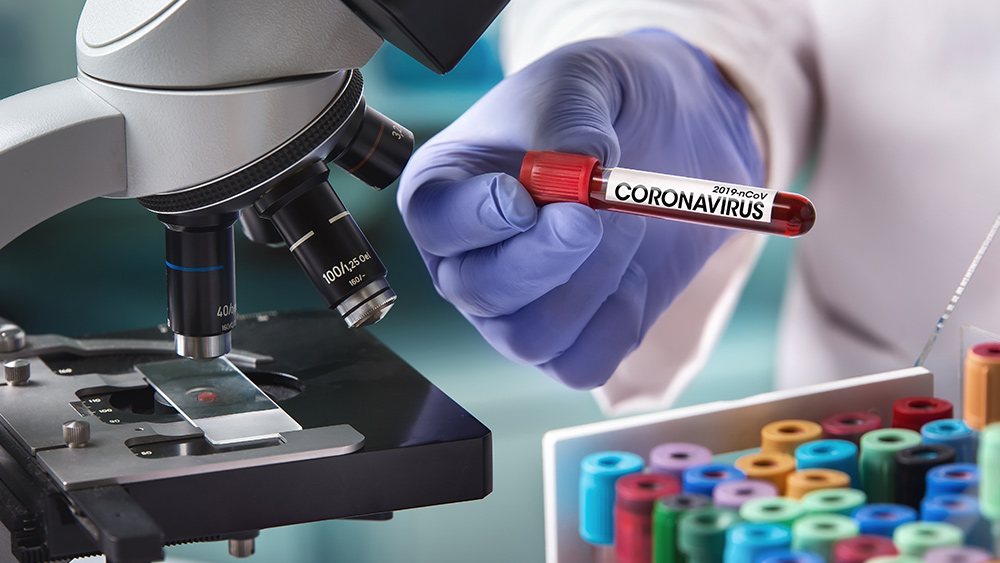Researchers investigate the anti-cancer properties of 14 Passiflora species
02/03/2020 / By Evangelyn Rodriguez

Researchers from Brazil evaluated the cytotoxic potential of plants from the genus Passiflora against cancer cells and identified the mechanism underlying the activity of the most promising extract. Their results were published in the Journal of Medicinal Plants Research.
- Using ethanol as solvent, the researchers obtained extracts from the leaves of 14 Passiflora species through accelerated solvent extraction.
- They evaluated the in vitro cytotoxicity of these extracts at a concentration of 50 micrograms per milliliter (ug/mL) against cancer cell lines using MTT assay.
- They also determined the IC50 of Passiflora alata (ELPA) leaf extracts against both cancer (HCT-116, SF-295, OVACAR-8 and HL-60) and non-cancer cells (PBMC).
- The researchers identified ELPA flavonoids using HPLC-DAD and UHPLC-MS/MS.
- They conducted morphological analyses using light and fluorescence microscopy and cell cycle and DNA fragmentation analyses using flow cytometry to study the mechanism of cell death induced by ELPA in HL-60 cells.
- Among the Passiflora leaf extracts evaluated, ELPA exhibited the highest cytotoxicity against HL-60 cells (IC50 19.37 ug/mL) but was not cytotoxic against PBMC, suggesting selectivity for cancer cells.
- The researchers surmised that the cytotoxic activity of ELPA may be linked to the presence of ten identified flavonoids.
- They also reported that ELPA-treated cells showed signs of apoptosis and necrosis, with cell cycle arrest in the G2/M phase.
Based on these results, the researchers concluded that the cytotoxic activity of ELPA against cancer cells may be due to the synergistic action of flavonoids in it, which induces cell death by apoptosis and necrosis.
Journal Reference:
Ricardo GA, Silvana VFG, Maria CDSL, Claudia DOP, Luciana NA, Patrícia S, Geraldo CB, Larissa MB, Milena BPS, Daniel PB, et al. CYTOTOXIC POTENTIAL OF 14 PASSIFLORA SPECIES AGAINST CANCER CELLS. Journal of Medicinal Plants Research. 04 April 2019;13(7):157–166. DOI: 10.5897/jmpr2019.6744
Tagged Under: alternative medicine, anticancer, cancer cures, cancer treatment, herbal medicine, Herbs, natural cures, natural medicine, Passion flower, phytonutrients, remedies, research


















